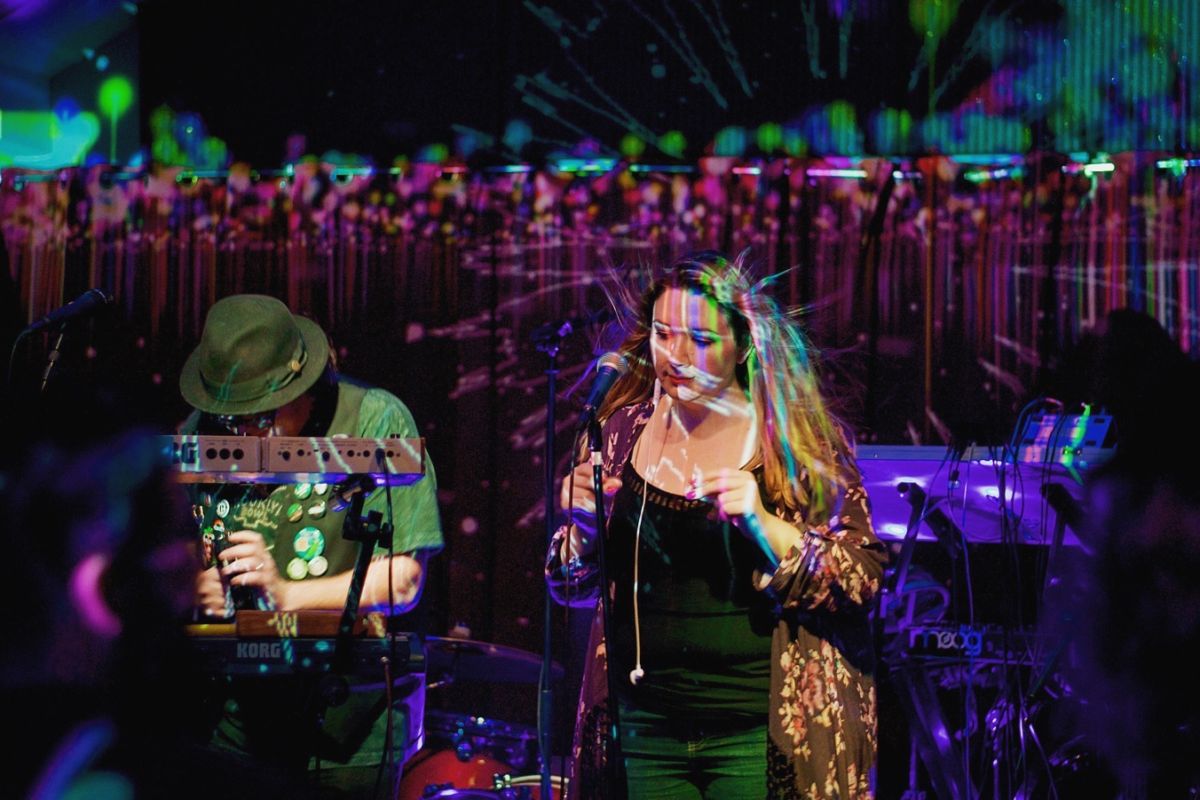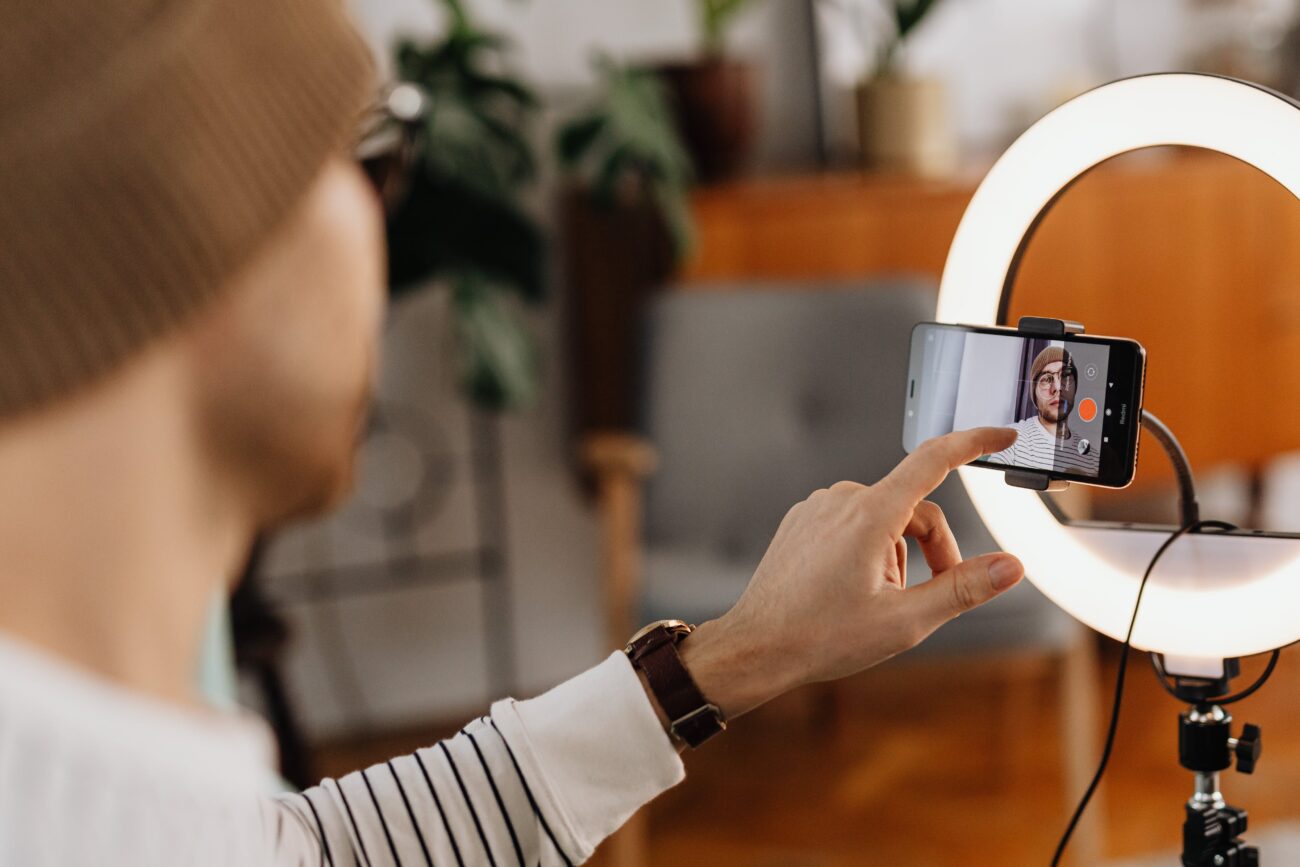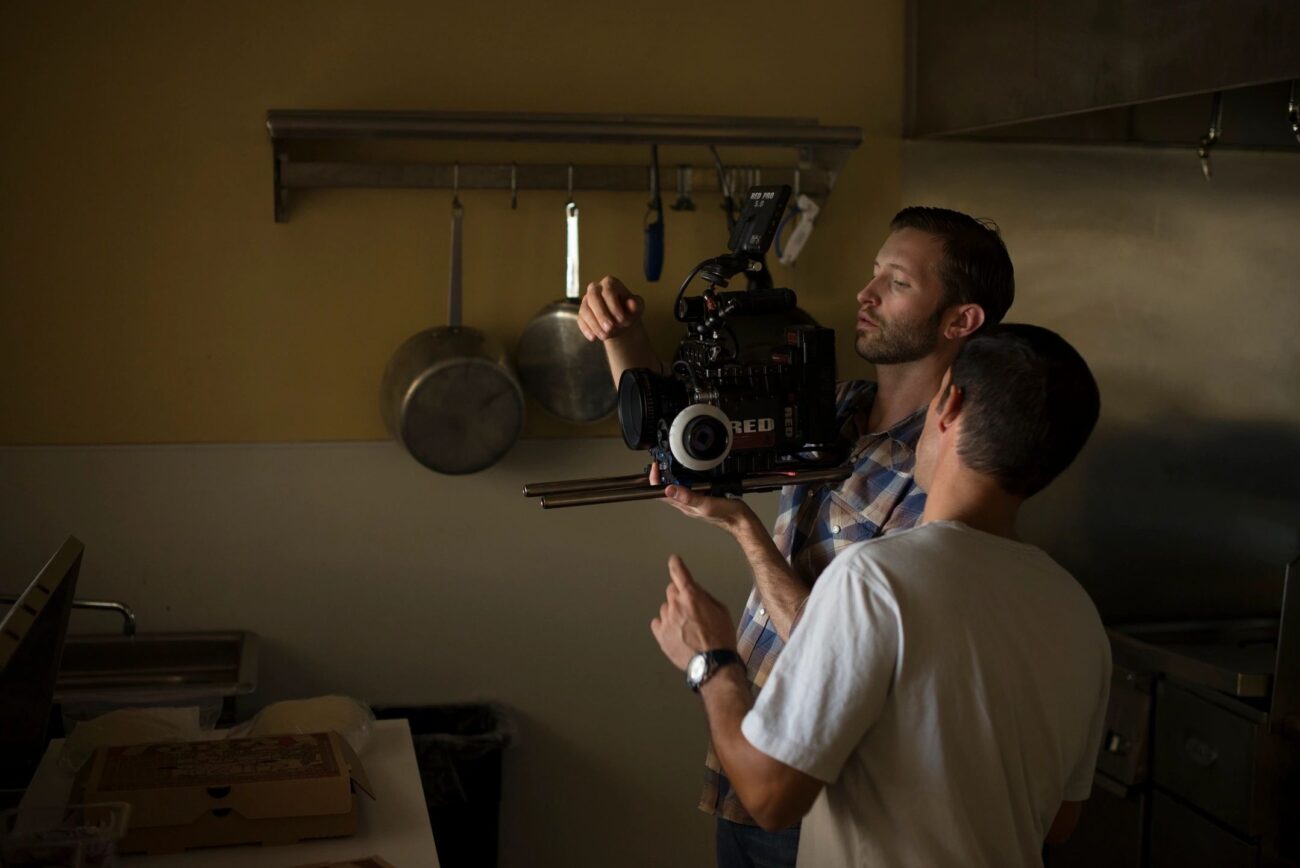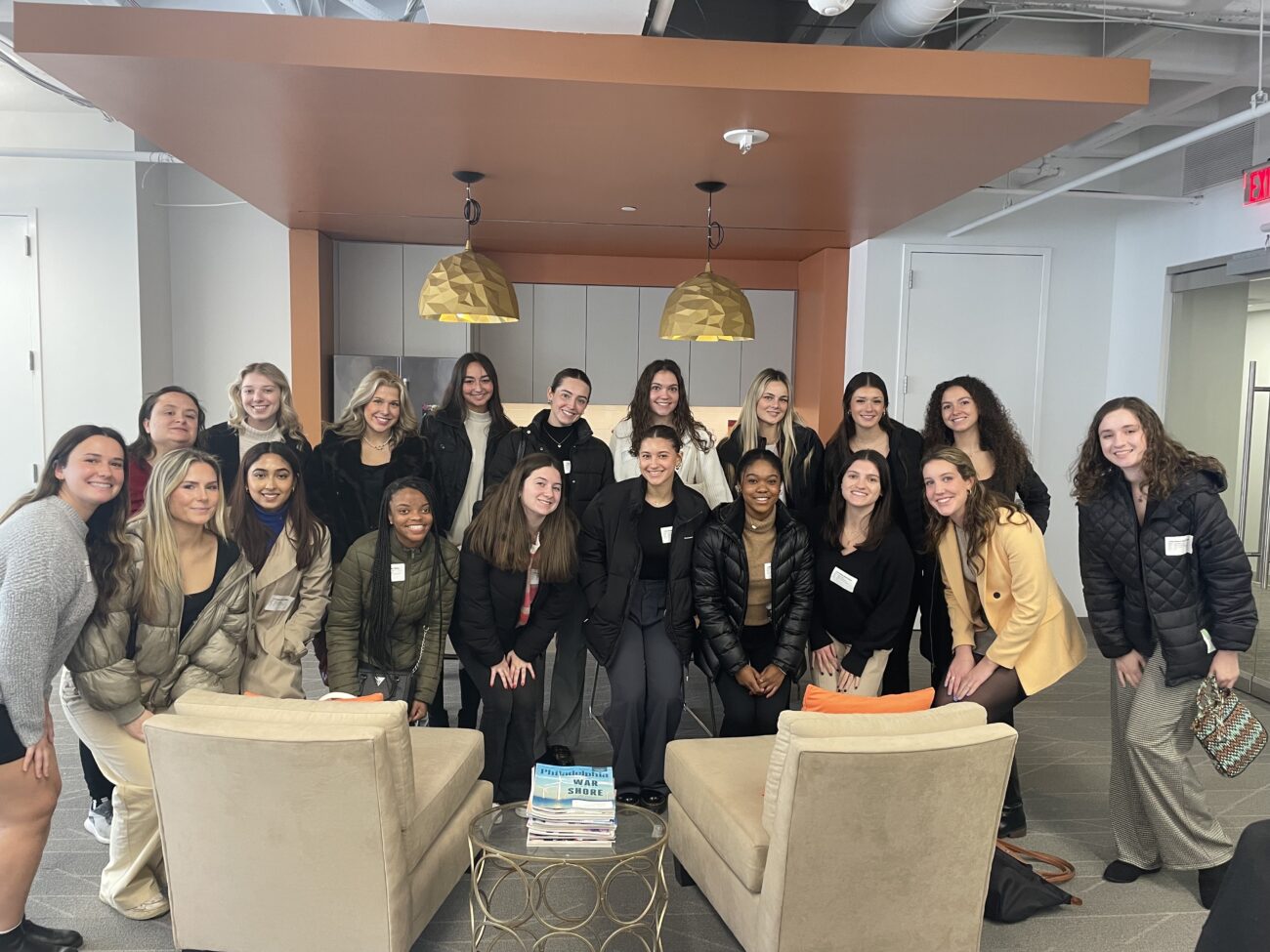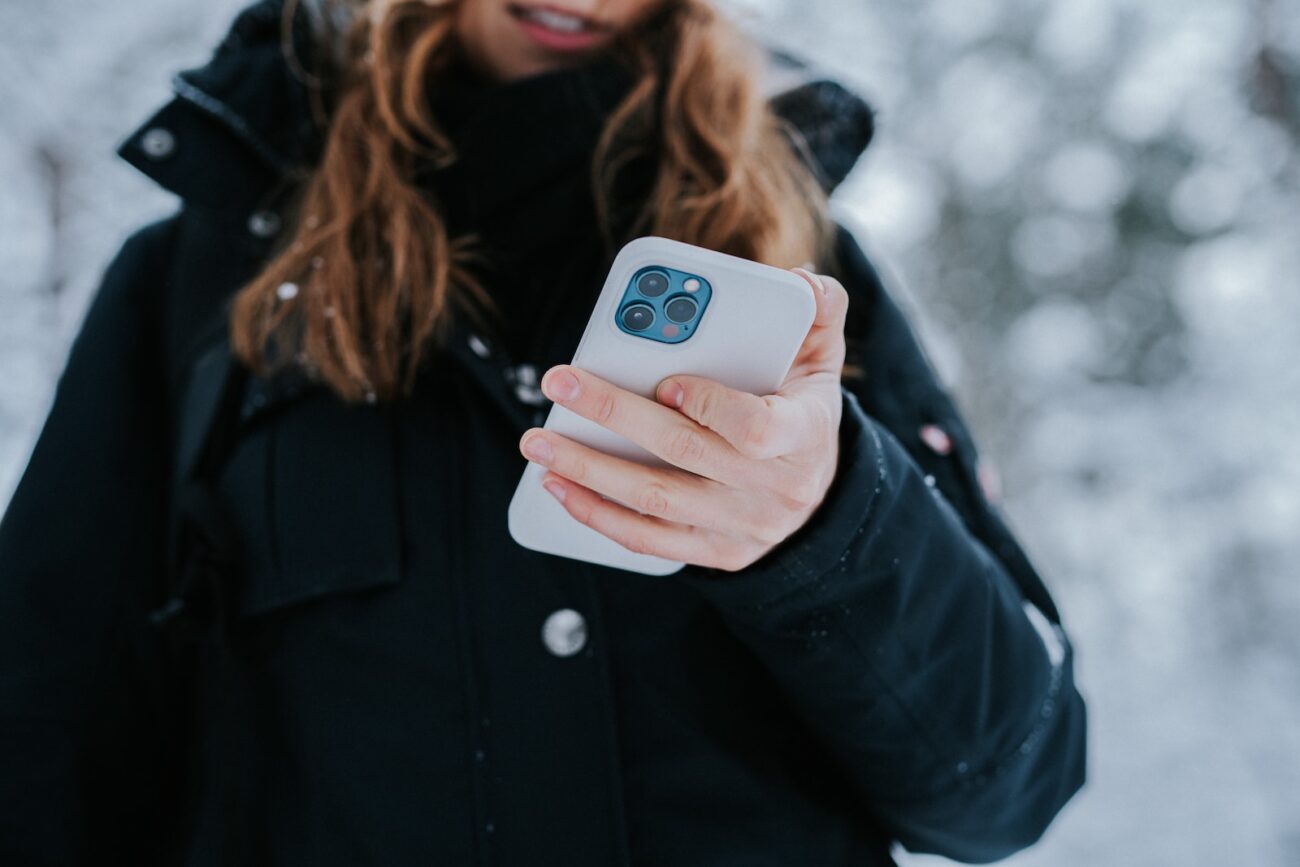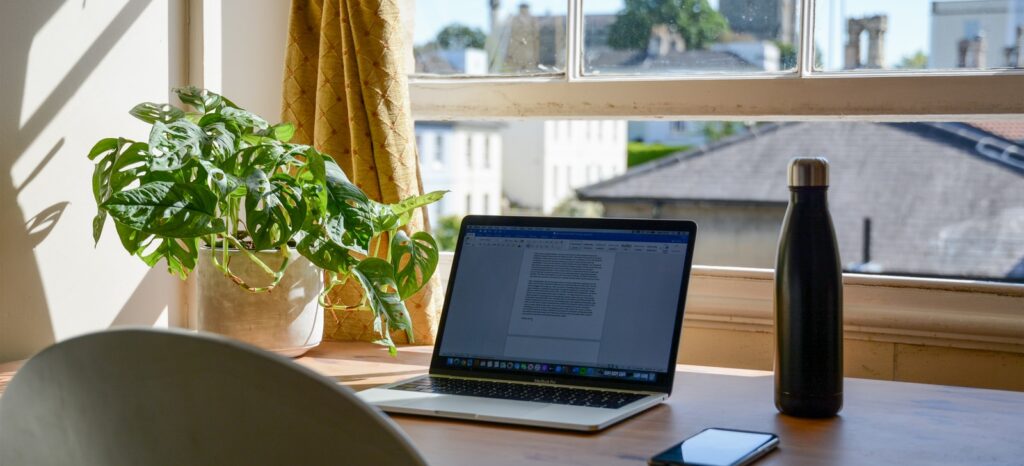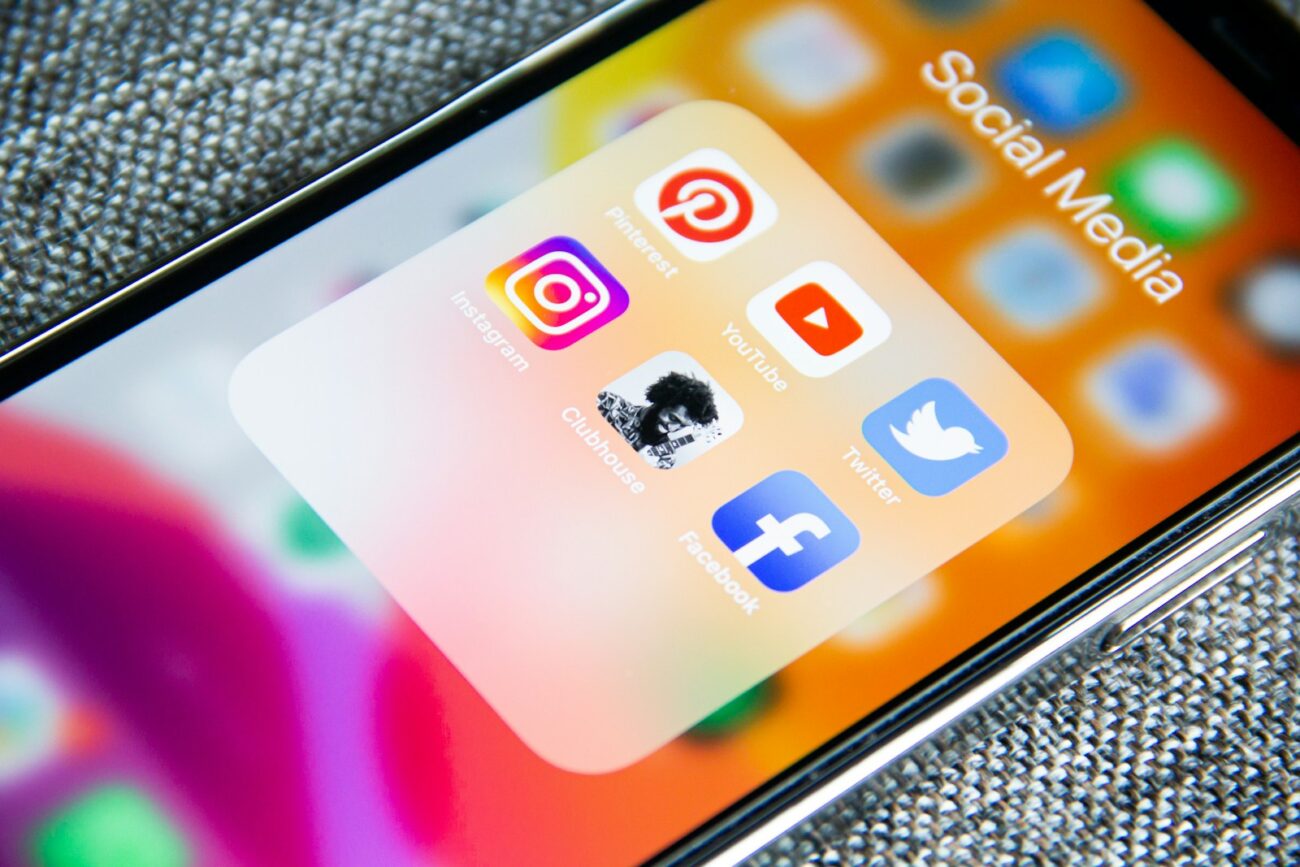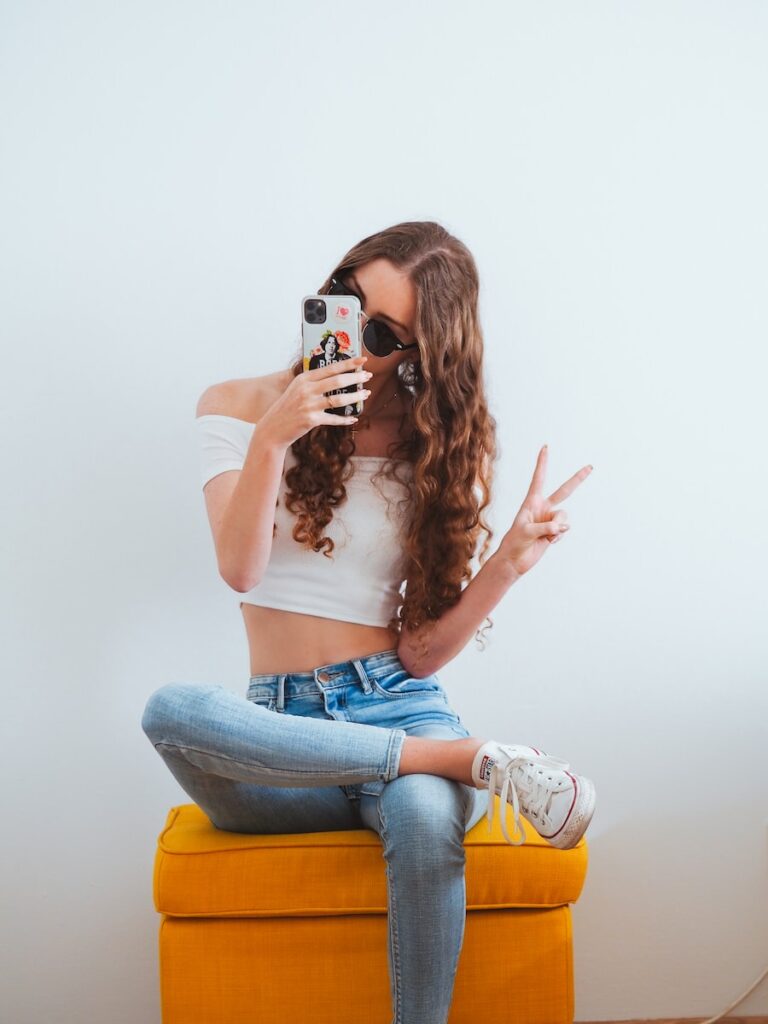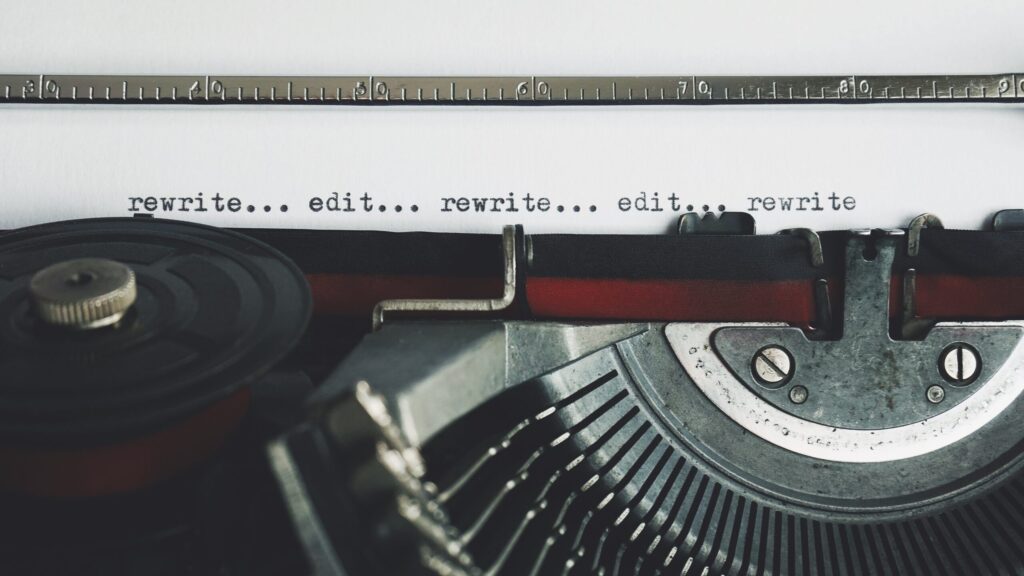The Tools Needed to be a Concert Photographer
As you walk through the corridors of the Rock and Roll Hall of Fame Center in Cleveland Ohio, you can’t help but notice photos of concert’s on the walls. Underneath the pictures are metal plaques that give credit to the Photographer. You’re name can be under those photos one day. But it takes practice with using the right tools. Wondering how your name there? Lets look at the rules you can live by in order to capture the highest quality photos in a concert (low light setting).
Aperture
It’s important to understand the terminology of the three most important aspects to capturing photos in a low light setting. Aperture, shutter speed, and ISO, are all located on a standard DSLR camera and play a key role when taking photos whether it be of a sunset or the moon. Aperture is how much light you allow entering the lens of the camera. Aperture is measured in F stops. Think of the term F stops as a unit of measurement. When selecting the aperture on your camera you must understand the type of light setting you’re using. Since we are studying the rules of being a Concert Photographer, we are going to assume the room is dark. When taking photos in a low light setting we must keep the aperture setting of the camera at its highest.
More about Aperture
To get a better visualization lets consider the camera lens I use for Concert Photography, which is a 50 mm lens with a F stop of 1.8. This lens is great for low light setting because I can set the aperture to a very large F stop. More aperture leads to light entering the lens, due to the large opening of the lens. It makes the picture brighter! It even changes the depth of field within a photo. Lets say we are using a 50 mm lens with a F stop of 1.8. The aperture is set at a large setting, the lens is wide open, creating a more shallow depth of field. The smaller the aperture, the deeper depth a field, resulting in a overall detailed photo, displaying everything in the background of the photo.
Shutter Speed
Next we will discuss shutter speed. Before diving into shutter speed, we must understand that shutter speed is the length of time that the camera sensor is exposed to the light before the shutter opens and closes. Then the photo is captured. The digital sensor is very important because it is the part of the camera, which captures the photo. Shutters can move at different speeds, capturing different types of photos. For Concert Photography, you want to keep your shutter speed at a low speed. The shutter speed is low, more light will enter the digital sensor, creating a brighter photo. 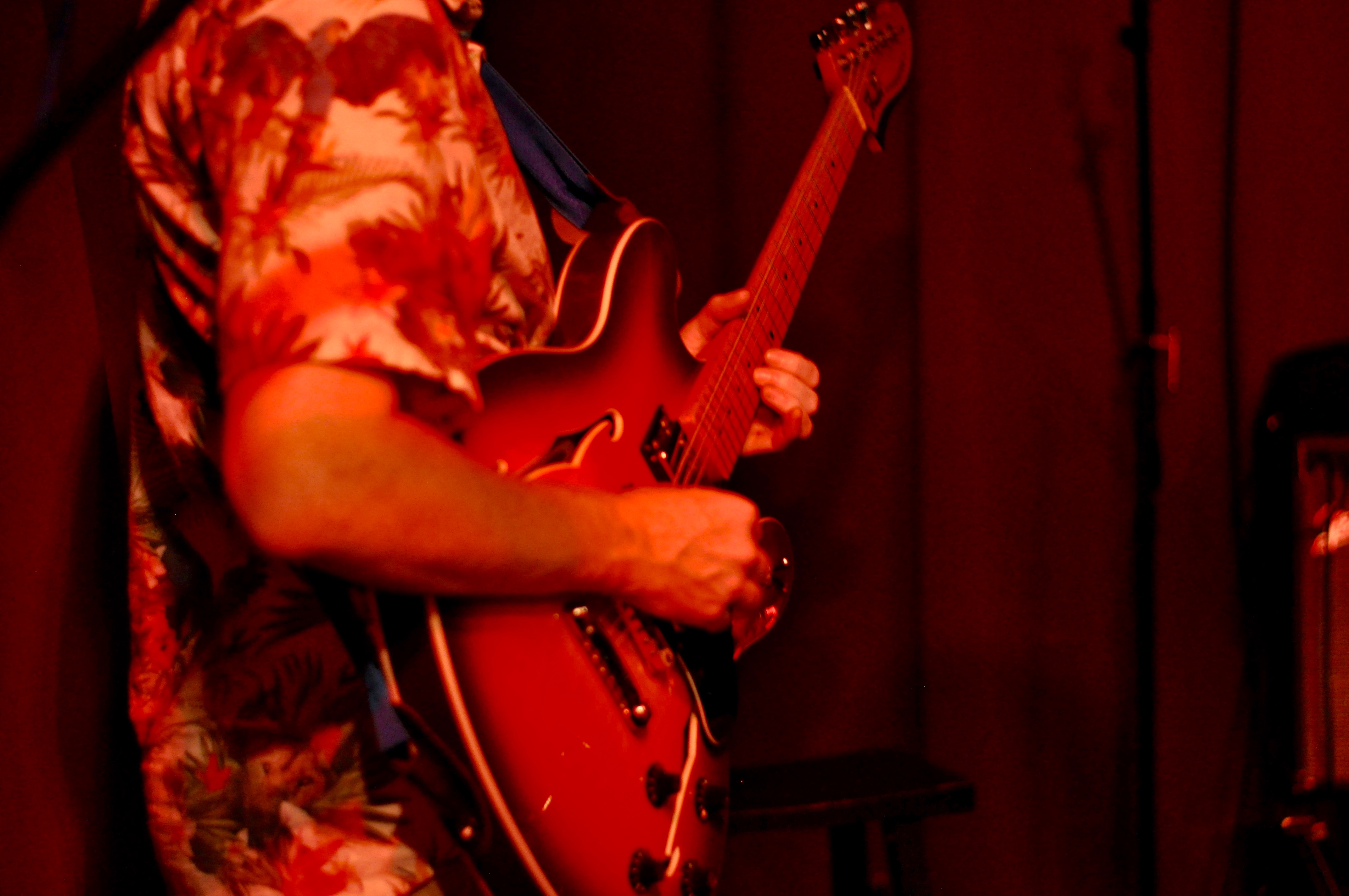
ISO
Lastly, ISO is adding fake light to the image. By raising your cameras ISO, it makes your images lighter. The larger the ISO the greater possibility of having noise in your photo. Noise is digital distortion and can appear as little dust grain particles within your photo. A typical ISO setting for Concert Photography is 1600. If you want to learn about your camera, visit the brand website like nikon.com. 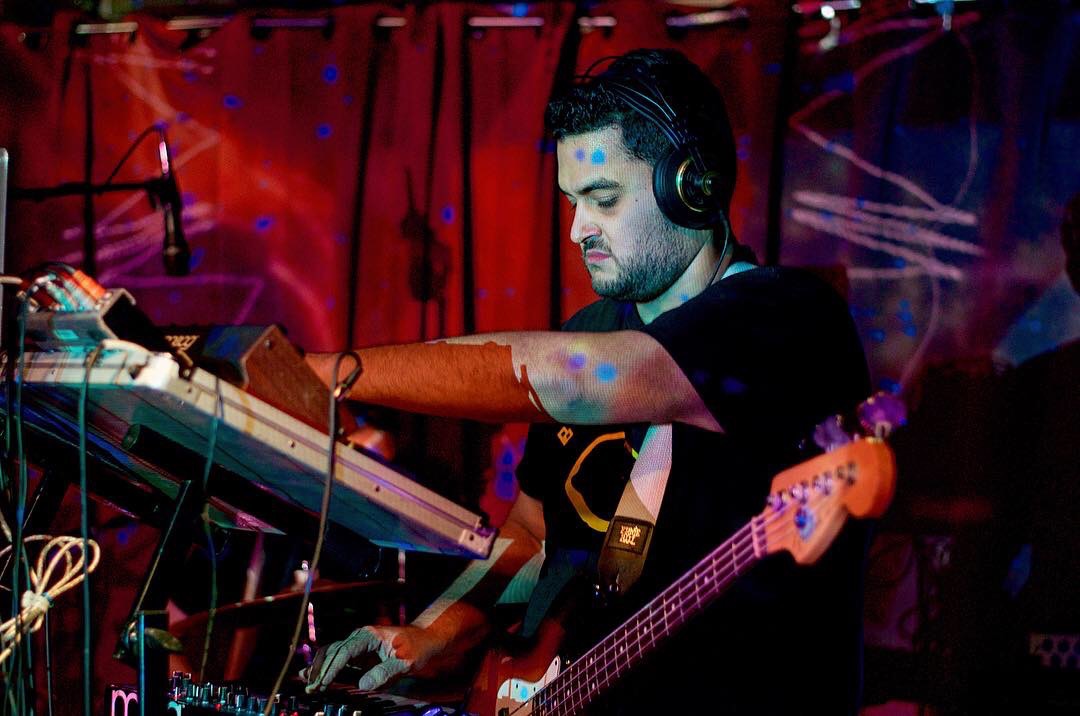
In conclusion, aperture, shutter speed, and ISO are the three main components that need to be controlled when taking photos. When all three components are working together correctly, you will end up with a clear and well-balanced photo. In order to become good at any particular task, you must dive headfirst. That is how you would capture a great image at any event.
